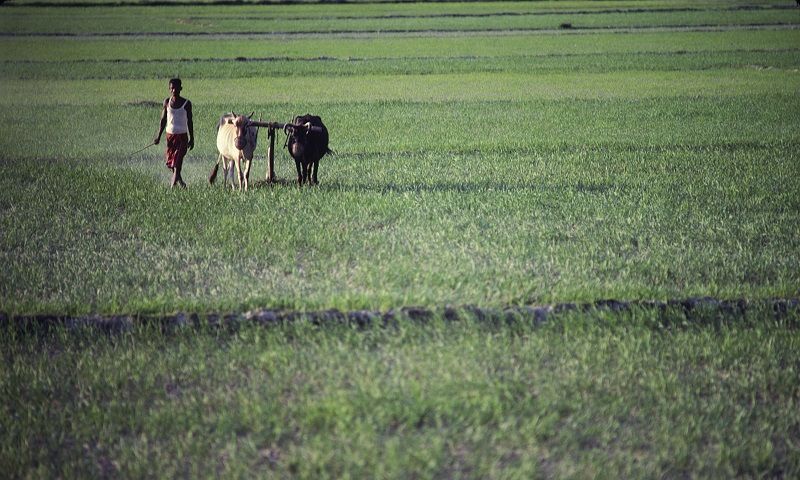Economic Inclusion and Environmental Sustainability: Case Study Meghalaya – UNSDN
Published on by Dr. Arvind Kumar, President- India Water Foundation in Case Studies
Economic Inclusion and Environmental Sustainability: Case Study Meghalaya
 Meghalaya, situated in the north-east region of India, has adopted innovative employment/income generation policies, which are implemented through various projects under its Integrated Basin Development and Livelihood Promotion (IBDLP) Programme launched in 2012, in order to create a statewide institutional ecosystem for ecologically sustainable and economically inclusive development in Meghalaya.
Meghalaya, situated in the north-east region of India, has adopted innovative employment/income generation policies, which are implemented through various projects under its Integrated Basin Development and Livelihood Promotion (IBDLP) Programme launched in 2012, in order to create a statewide institutional ecosystem for ecologically sustainable and economically inclusive development in Meghalaya.
The IBDLP programme, launched with some inputs from the India Water Foundation (IWF), is designed around four pillars – Knowledge Management, Natural Resource Management, Entrepreneurship Development and Good Governance. It is being implemented through nine missions – Aquaculture Mission, Horticulture Mission, Livestock Mission, Sericulture Mission, Tourism Mission, Forestry and Plantation Crops Mission, Apiculture Mission, Energy Mission and Water Mission. Every mission is designed to leverage the comparative advantage that Meghalaya has in that sector, generate livelihood opportunities for every household and accelerate growth.
The East Jaintia Hills District of Meghalaya is an area where people are mostly engaged in mining activities such as lime stone and coal mining. Coal mining has been the main source of livelihood in the entire District and also a part of the state. It is an area where financial and livelihood activities revolve around extraction of nonrenewable resources or fossils fuels which contribute to high return on investment.
Undoubtedly, the people have been making more investments in coal mining businesses rather than any other activities, thus driving out any other activities due to the scale of returns on investment; nevertheless, this mining business has created several problems and negative impacts on the environment. For example soil degradation due to mining has become a serious problem in East Jaintia Hills District.
Therefore, in view of these adverse impacts on the environment, India Water Foundation, as knowledge partner of the Meghalaya Basin Development Authority (MBDA), Government of Meghalaya, in cooperation with MBDA authorities emphasized the need to introduce schemes for the reclamation of land and to provide sustainable livelihoods to the poor and achieve rural development. Capacity building programmes, professional training and technical/financial support by various institutions under the aegis of the IBDLP have helped many people from the district to improve their livelihoods and therefore an augmentation in their incomes. Two success stories follow.
Success Story: Bijoy Wann
Mr. Bijoy Wann, a resident of Moopyniein, Wapungskur Village of East Jaintia Hills District, was first drawn towards a career in mining, but in the aftermath of undergoing capacity building programmes, he has not only changed his mind but also has shown keen interest in skill upgrading, training and bank linkages on poultry/piggery farming. He owns a big plot of land which is feasible for poultry farming.
Taxonomy
- Sustainability